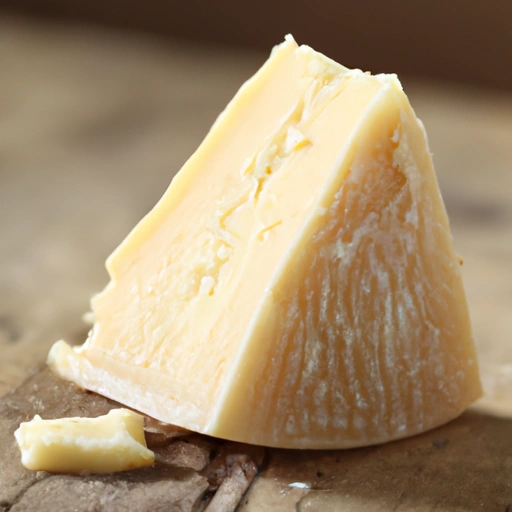Asiago
Description

Asiago is a flavorful cheese that originated in Italy, known for its versatile nature and usage in a variety of dishes. Made from cow's milk, it comes in both fresh and aged versions, each offering distinct textures and taste profiles. Fresh Asiago, known as Asiago Pressato, is semi-soft and mild, while aged Asiago, or Asiago d'Allevo, ranges from medium to hard texture with a more pronounced flavor. This cheese is easily grated, melted, or sliced, making it a popular choice for culinary enthusiasts and chefs alike.
Common uses
Asiago cheese is frequently used as a table cheese, enjoyed on its own or with crackers, fruits, and wines. It also serves as a flavorful addition to sandwiches, salads, pasta dishes, and baked goods. Both the fresh and aged varieties of Asiago have their place in kitchen pantries around the world, celebrated for their ability to enhance the taste of many culinary creations.
Nutritional value
Calories
Asiago cheese contains about asiago cheese contains about 391 calories per 100 grams (3.5 oz).
Protein
It offers approximately 25.4 grams of protein per 100 grams (3.5 oz).
Fat
The fat content of Asiago can be around 30.6 grams per 100 grams (3.5 oz), with saturated fat comprising about 19.1 grams of this total.
Carbohydrates
Asiago is relatively low in carbohydrates, with about 3.6 grams per 100 grams (3.5 oz).
Vitamins
It provides a good source of B-vitamins, particularly B12 and riboflavin.
Minerals
Rich in minerals, Asiago offers calcium, phosphorus, and zinc among others.
Health benefits
Asiago cheese is a good source of protein and calcium, which are essential for muscle health and bone density. The cheese also contains beneficial fats that can support brain function and B-vitamins that aid in metabolism and energy production.
Potential risks
However, Asiago is high in sodium and saturated fat, which should be consumed in moderation to maintain heart health. Those with lactose intolerance or dairy allergies should also avoid Asiago cheese.
Common recipes
Asiago cheese is commonly used in risottos, pizzas, cheesecakes, and as a topping for salads and soups.
Cooking methods
It can be melted into sauces, baked into breads and pastries, or simply grated over finished dishes for added flavor.
Pairing with other ingredients
Asiago pairs well with robust red wines, nuts, dried fruits, and cured meats, creating balanced and satisfying flavor combinations.
Summary
In summary, Asiago cheese is a versatile and flavorful addition to various dishes with a rich history tracing back to northern Italy. It offers nutritional benefits, but should be consumed in moderation due to its high sodium and saturated fat content. Its various culinary applications make it a cherished ingredient for food lovers and chefs around the world.